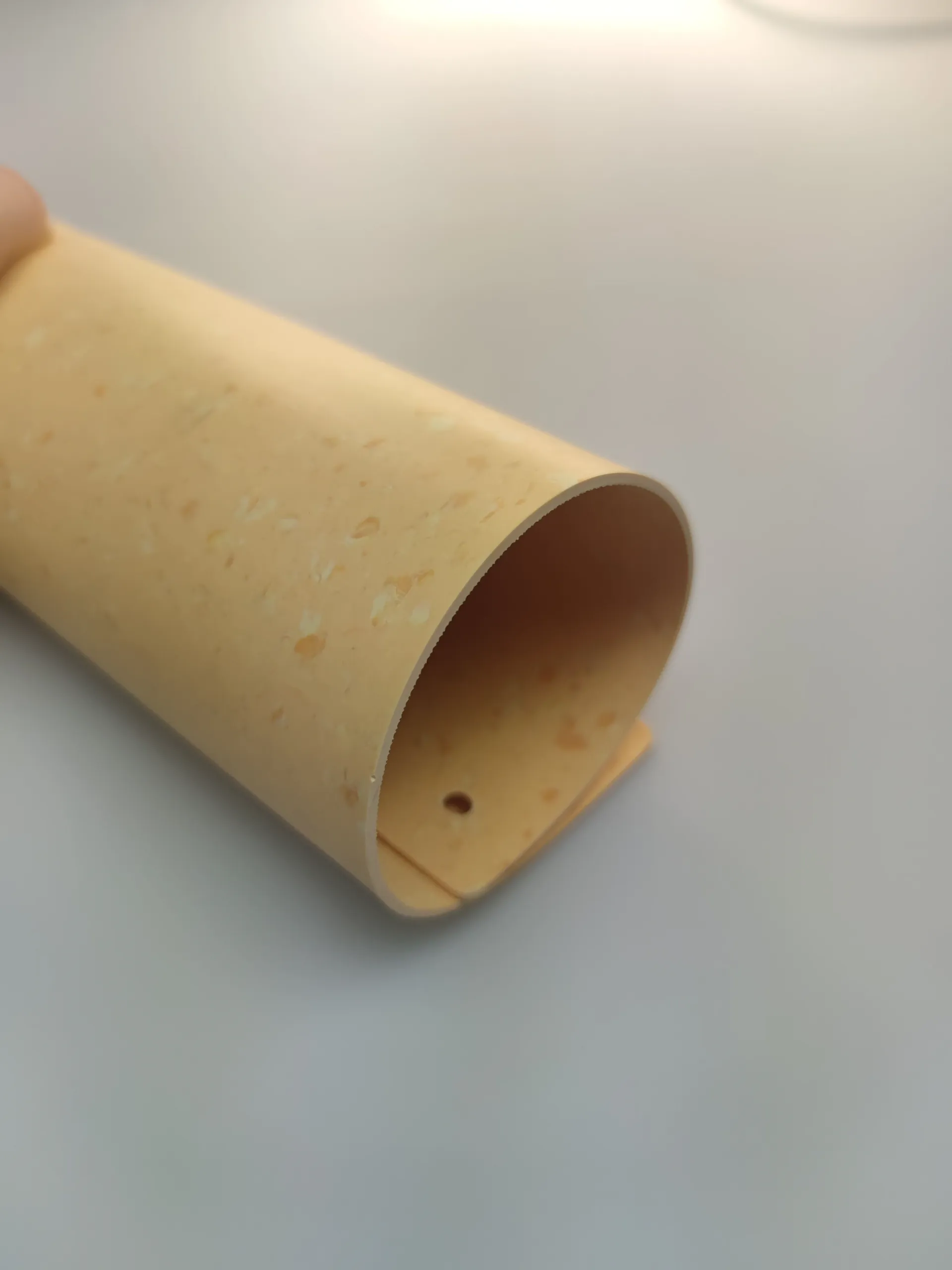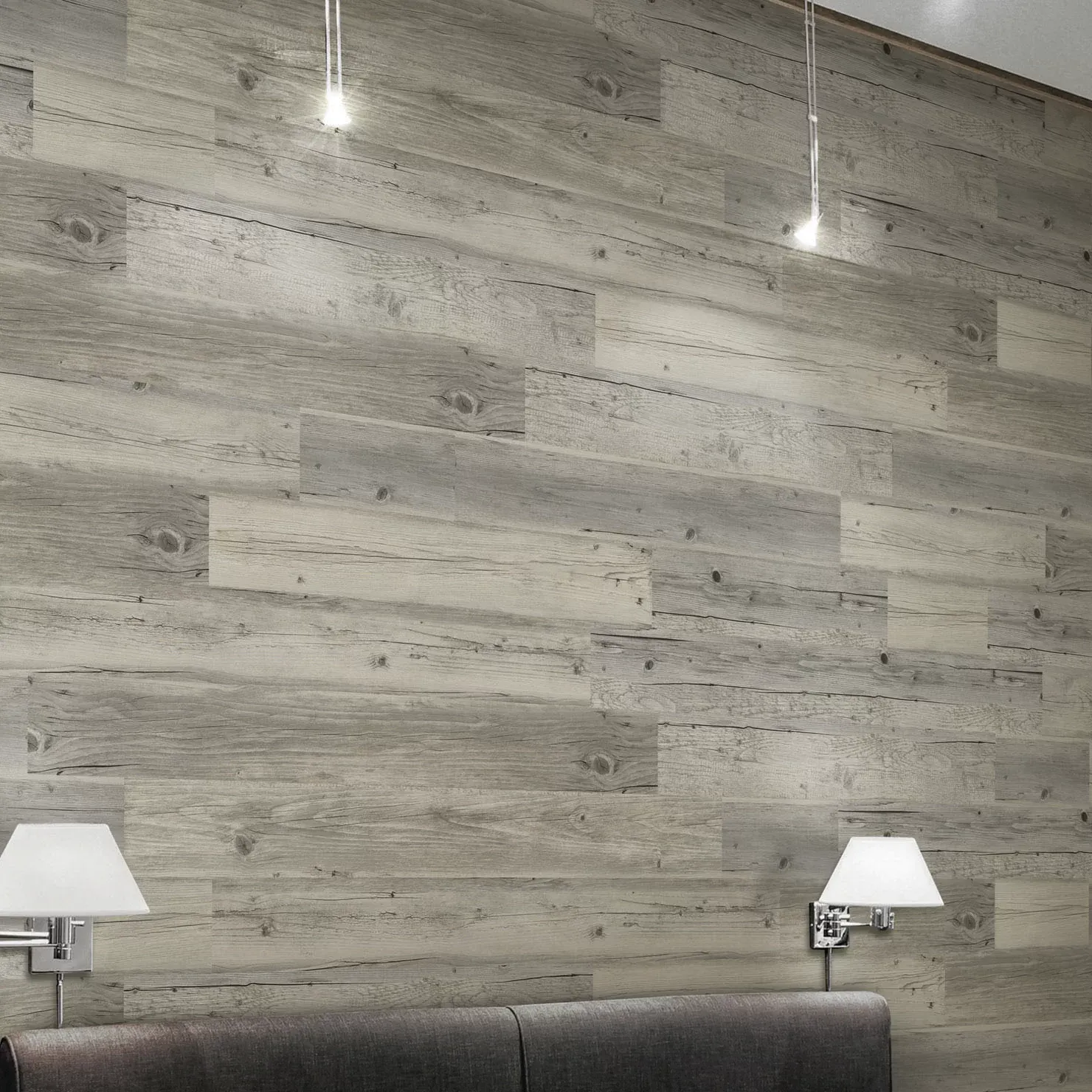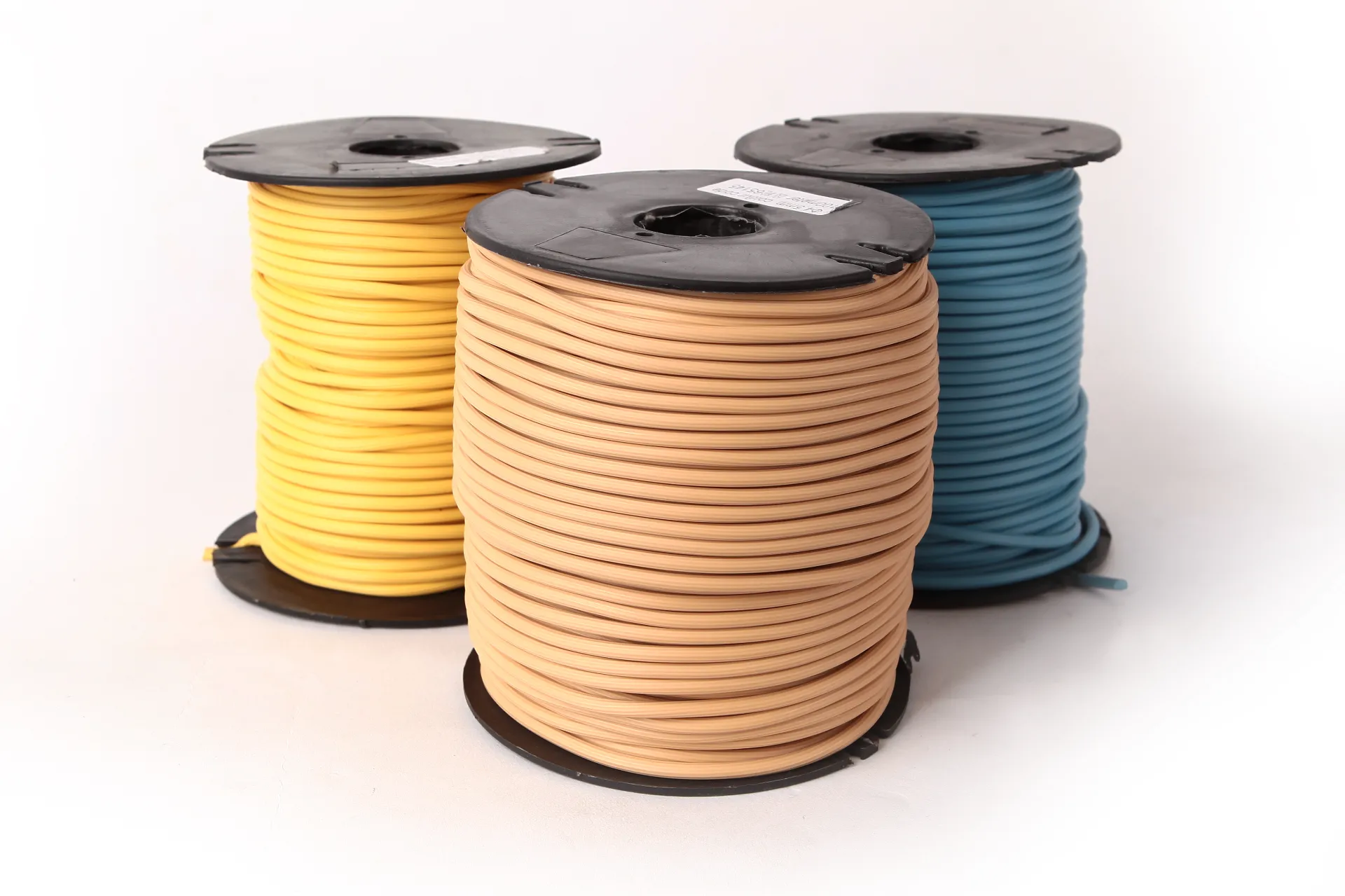Need city commercial flooring that's durable and low-cost?
A Field Note on City Projects: What Works in Real-World city commercial flooring
I walk job sites a lot—hotels before opening day, clinics during a dusty retrofit, offices at 2 a.m. when the core drill finally stops. One thing I’ve learned: specification sheets are great, but what survives the janitor’s cart at 6 a.m. is what counts. That’s why homogeneous vinyl has been quietly winning city projects. Enlio’s Puenie line (the “homongeneous floor for hotel,” yes that’s their spelling) is a good example: single-layer construction, color all the way through, and a surface that forgives the occasional scuff.

Industry trend check
Hospitals, hotels, and transit hubs in dense downtowns are shifting toward resilient, low-VOC surfaces with predictable maintenance and tighter lifecycle cost. Conductive options for diagnostic rooms, antibacterial surfaces for wet areas—these aren’t “nice to haves” anymore. To be honest, many customers say they want wood aesthetics, but what they really need is a floor that shrugs off carts, coffee, and sanitizer.
Product snapshot: Puenie by Enlio
Origin: #C3, No. 36 Xiangyuan Rd., Baiyun Dist., Guangzhou, China. Puenie is a family of single-layer (homogeneous) vinyl sheets: Antibacterial, Conductive, and Heavy Duty. Single-layer means the color and performance are the same top to bottom—handy when a porter drags a steel bin across the lobby at 5:15 a.m.
| Item | Spec (≈ real-world) |
| Construction | Homogeneous PVC, single-layer, PUR surface |
| Thickness | 2.0–2.5 mm (tolerance per EN ISO 24346) |
| Abrasion | EN 660-2: Group T (heavy traffic) |
| Indentation | EN ISO 24343-1: ≤ 0.10 mm |
| Static load | ASTM F970 (750 psi): pass |
| Slip resistance | EN 13893 ≥ 0.3; DIN 51130: R9–R10 (area dependent) |
| Fire rating | EN 13501-1: Bfl-s1 |
| Antibacterial | ISO 22196: ≥ 99% reduction |
| VOC | ISO 16000 / FloorScore: compliant, TVOC low |
| Electrical (conductive range) | EN 1081: 1×10⁴–1×10⁶ Ω |
| Service life | 10–20 yrs with routine maintenance |
How it’s made (and why it matters)
Materials: PVC resins, mineral fillers, stabilizers, plasticizers, pigments; then calendaring and hot-pressing into a single, solid sheet. Methods: PUR or similar top treatment for stain resistance, hot welding at seams, coved skirting for hygiene. QA: dimensional stability (EN ISO 23999), chemical resistance (ASTM F925), wear (EN 660-2). I guess the short version is: fewer layers, fewer surprises.

Where it fits
Hotels (lobbies, back-of-house), healthcare corridors, classrooms, retail aisles, labs, light transit halls. Many facilities teams tell me the color-through body saves them during repairs—scratches don’t “whiten.” That’s a small detail, but on city commercial flooring it’s huge.
Vendor snapshot (rough, but useful)
| Vendor | Core specialty | Certifications | Lead time | Customization | ≈ Price/m² |
| Enlio Puenie | Homogeneous vinyl (antibacterial, conductive, heavy duty) | EN/ASTM tested; FloorScore | 3–6 weeks | Colors, logos, waterjet | $18–$32 |
| Vendor A (global) | Heterogeneous + homogeneous | EN/ISO; EPD available | 2–5 weeks | Wide palette | $22–$40 |
| Vendor B (regional) | Entry-level resilient | Basic EN | In stock (limited) | Standard only | $14–$20 |
Customization and install notes
Patterns can be waterjet-cut for wayfinding; coved bases help infection control; conductive variants need copper tape grid and verified resistance. Subfloor prep (moisture per ASTM F2170/F1869) matters more than the brand, honestly.
Case bites (quick and candid)
Riverview Hotel, 210 rooms: Swapped cracked stone in BOH corridors for homogeneous Puenie Heavy Duty. Reported 18% lower maintenance hours after six months; no seam telegraphing. “It just cleans faster,” the FM told me—surprisingly frank. City Outpatient Clinic: Conductive range in imaging prep; resistance tested within spec after 12 months. Both teams were shopping for city commercial flooring that wouldn’t blow the capex—mission accomplished.
If you need a durable, hygienic surface that won’t look tired by year three, homogeneous vinyl is a safe, dare I say, smart bet for city commercial flooring.
Authoritative citations
- EN ISO 10581: Resilient floor coverings—Homogeneous polyvinyl chloride (PVC) floor coverings. https://www.iso.org/standard/70829.html
- EN 13501-1: Fire classification of construction products and building elements. https://standards.cen.eu
- ASTM F970: Standard Test Method for Static Load Limit. https://www.astm.org/f0970
- ISO 22196: Measurement of antibacterial activity on plastics. https://www.iso.org/standard/54431.html
- FloorScore / SCS Indoor Advantage Gold (VOC). https://www.scsglobalservices.com/certifications/floorscore
- ASTM F925: Chemical resistance of resilient flooring. https://www.astm.org/f0925
-
Masking Tape: Clean Removal, Precision Lines, Pro-GradeNov.10,2025
-
Skirting: MDF, Oak & SPC | Durable, Easy-FitNov.10,2025
-
Commercial VCT Tile Flooring – Durable, Low-MaintenanceNov.10,2025
-
LVT Vinyl Floors – Waterproof, Scratch‑Resistant, Easy ClickNov.10,2025
-
Masking Tape - Pro-Grade, Clean Removal, Crisp LinesNov.10,2025
-
Premium Masking Tape - Sharp Lines, Clean RemovalNov.10,2025




